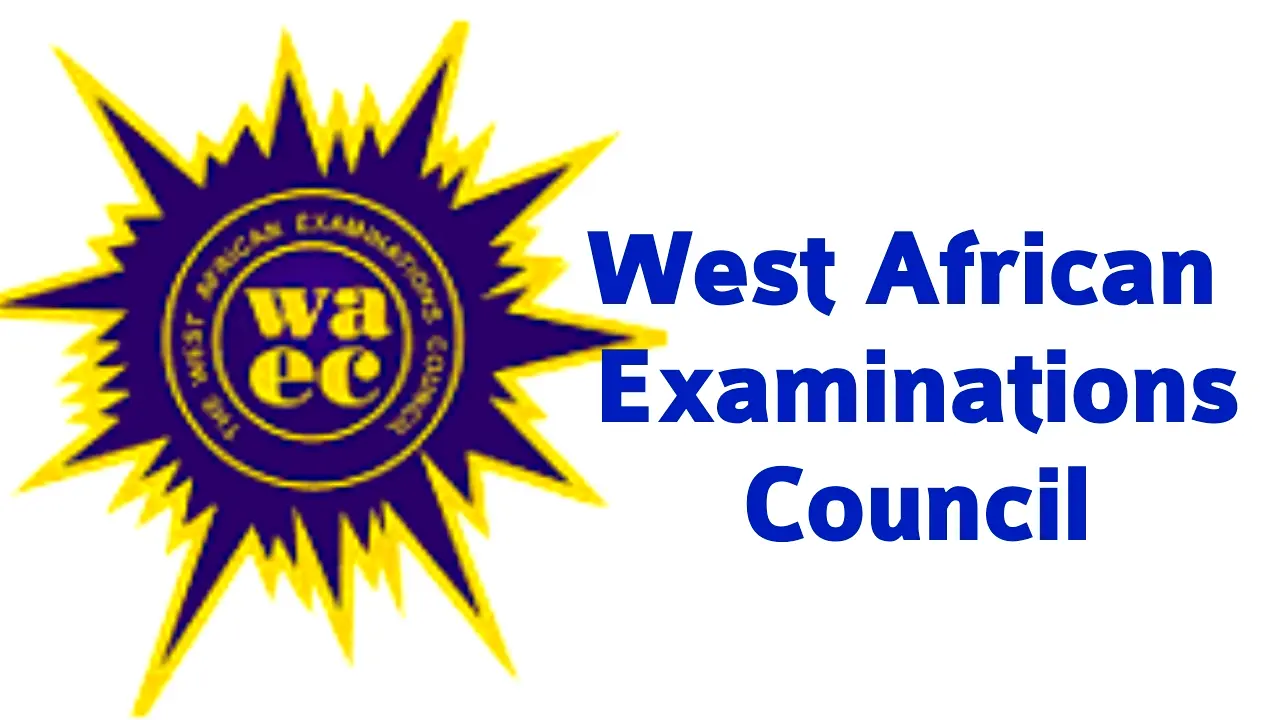The WAEC syllabus for Basic Electricity/Applied Electricity is the topic you must study to sit for the examination. It contains the aims and objectives, notes and format for the Basic Electricity/Applied Electricity exam.
Studying the Basic Electricity/Applied Electricity syllabus is necessary for your exam preparation. It will serve as a guide for you to know the topics to read. There are also notes on concepts you should pay attention to learning.
Exam preparations without using the Basic Electricity/Applied Electricity syllabus are like going to the farm without your agricultural tools. You will end up not being productive.
Ensure you begin your exam preparations using the syllabus.
This post contains the Basic Electricity/Applied Electricity syllabus and recommended textbooks of the West African Examination Council (WAEC).
Let me know in the comment section if you have any questions. I will love to hear from you.
Table of contents
- WAEC Basic Electricity/Applied Electricity
- WAEC Basic Electricity/Applied Electricity Syllabus
- Direct Current Circuit Theory
- Magnetic Field and Electromagnetism
- Measuring Instruments
- Digital Electronics
- Alternating Current Circuit Theory
- Transformers
- Power Supply
- Electrical Machines
- Electrical Energy Supply
- Electrical Wiring
- Electricity Transmission and Distribution
- Maintenance and Repair of Various Electrical Appliances
WAEC Basic Electricity/Applied Electricity
This examination syllabus has evolved from the Senior Secondary School Electricity curriculum.
It is designed to test candidates’ knowledge and understanding of electrical and electronic principles, maintenance and repair of domestic and industrial equipment and safe working procedures.
The examination syllabus does not replace the curriculum.
Objectives
The objective of the syllabus is to test candidates’:
- knowledge and understanding of the basic concepts and principles of Basic Electricity/Applied Electricity;
- ability to use tools and equipment in the maintenance and repair of electrical/electronic devices;
- understanding of the principle of operation and the application of simple electrical/electronic devices;
- understanding of safe working procedures and safety precautions in a domestic and industrial installations.
Examination Scheme
There will be three papers, Papers 1, 2 and 3 all of which must be taken. Papers 1 and 2 will be composite papers to be taken in one sitting.
PAPER 1: Will consist of fifty multiple-choice objective questions to be answered in 1 hour for 50 marks.
PAPER 2: Will consist of three sections: Sections A, B and C as follows:
Section A will be compulsory for all candidates. It will consist of four questions out of which candidates will be required to answer any three.
Section B will be for candidates in Ghana only. It will consist of three questions out of which candidates will be required to answer two.
Section C will be for candidates in Nigeria, Sierra Leone and The Gambia only. It will also consist of three questions out of which candidates will be required to answer two.
Thus, candidates will be required to answer five questions in all. The paper will last 1 hour and carry 50 marks.
PAPER 3: Will be a practical paper on two experiments both of which are to be carried out by candidates in 3 hours for 100 marks.
WAEC Basic Electricity/Applied Electricity Syllabus
Direct Current Circuit Theory
- Structure of matter
- Resistors
- Conductors and insulators.
- Ohm’s law and Kirchhoff’s laws
- Power and energy
Magnetic Field and Electromagnetism
- Fundamentals of magnetism
- Concept of Electric field
- Capacitors
- Electromagnetic field
- Self and Mutual Induction
Measuring Instruments
- Moving-coil instrument
- Moving-iron instrument
- Digital instrument
Digital Electronics
- Binary number
- Logic gates
Alternating Current Circuit Theory
- Generation of e.m.f. in a single turn coil
- A.C. quantities
- RLC circuits
Transformers
- Types of transformer
- Principles of operation of a transformer
- Losses and temperature rise in transformers
- Efficiency of transformers
- Cooling of transformers
Power Supply
- Power supply units
- Rectification
Electrical Machines
- A.C. motors (Single phase)
- Alternators
- A.C. motors (Three-phase)
- D.C. generators
- D.C. motors
Electrical Energy Supply
- Generating station
Electrical Wiring
- Electrical installation
- Wiring
- Protection
- Earthing
- Maintenance, Fault diagnosis and Repairs
- Testing of an installation
- General Workshop Safety
Electricity Transmission and Distribution
- Transmission
- Distribution of Electricity
Maintenance and Repair of Various Electrical Appliances
- Maintenance
- Maintenance and repair of electrical appliances
